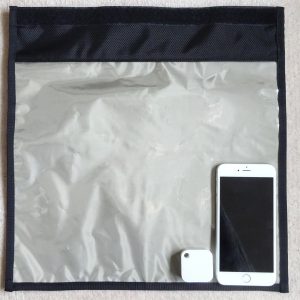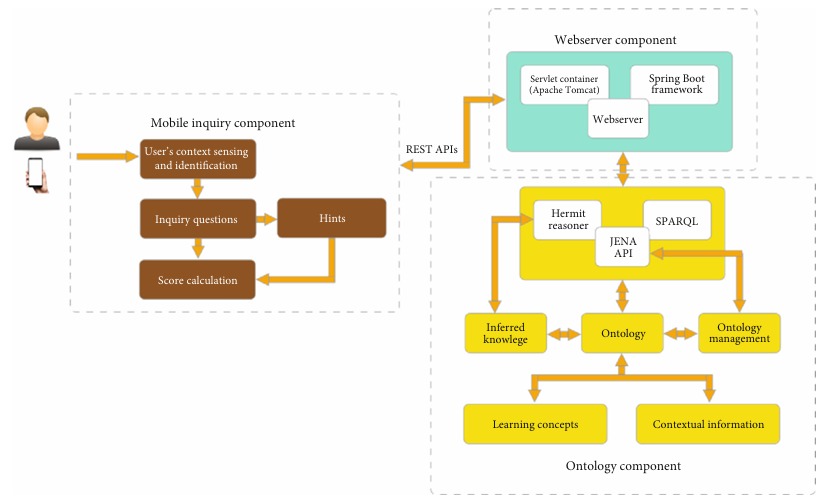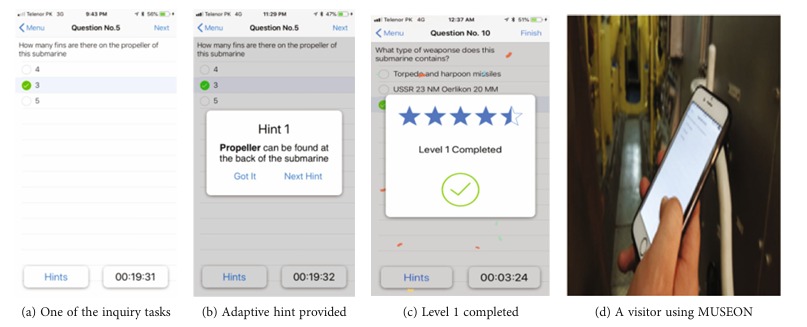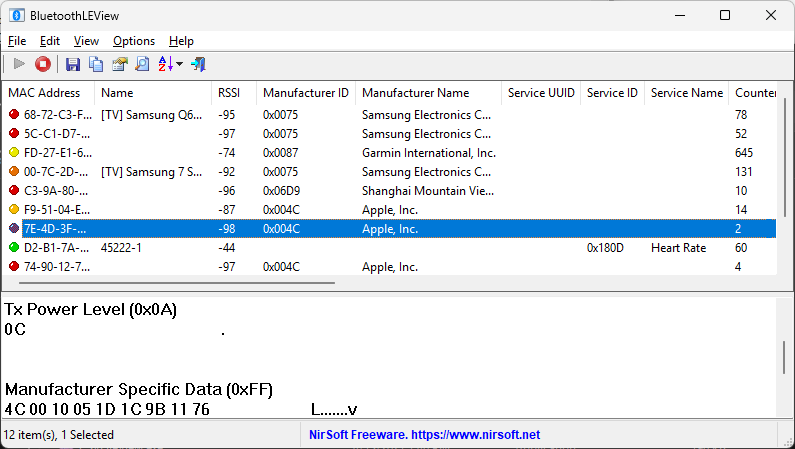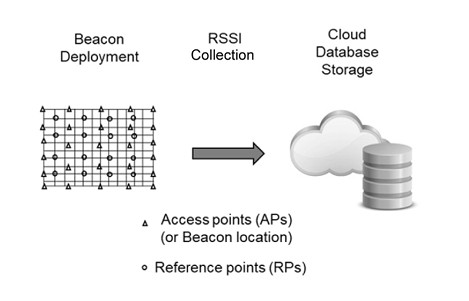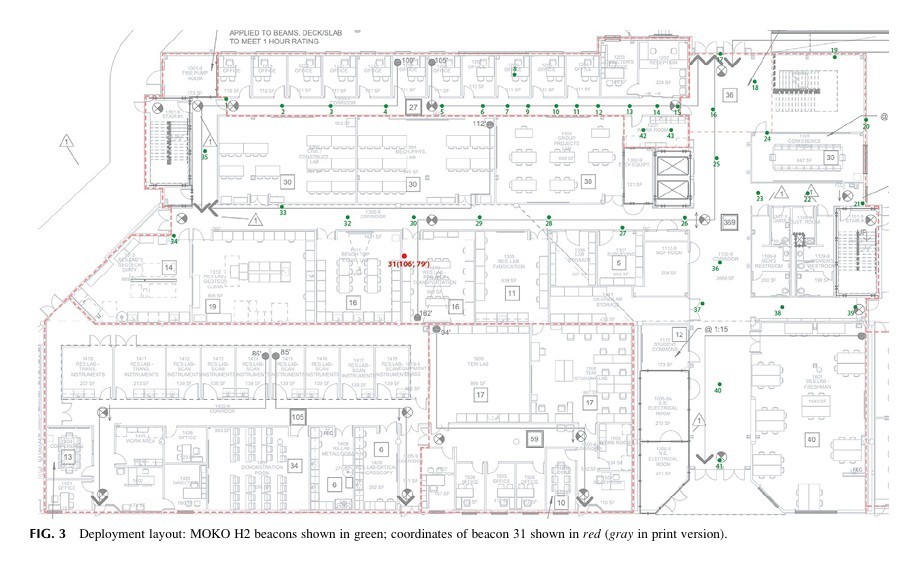A new study uses an indoor localisation system that integrates Bluetooth Low Energy (BLE) with an Internet of Things (IoT) framework to improve accuracy in tracking individuals, particularly those with cognitive impairments such as Alzheimer’s and dementia. The system employs an auto-adjusting algorithm that dynamically optimises received signal strength indicator (RSSI) coefficients based on real-time environmental factors, leading to improved location estimation precision.
Existing systems relying on RSSI often suffer from inaccuracies due to environmental interferences, signal fluctuations, and the use of static coefficient assignments. To address these challenges, this study develops an auto-adjusting algorithm that dynamically selects coefficients based on RSSI classifications.
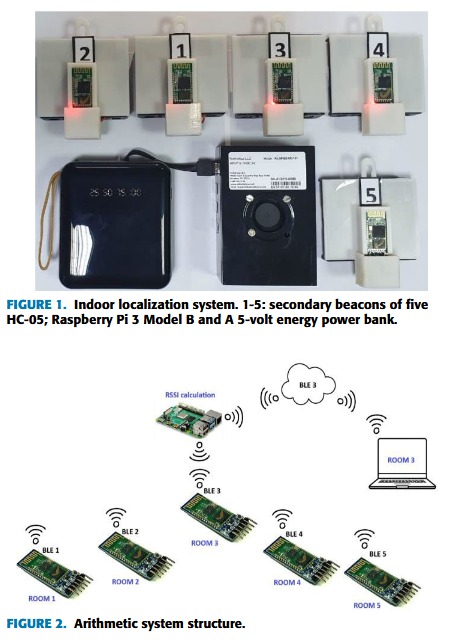
The system consists of a central unit, a Raspberry Pi, and BLE peripheral nodes that communicate wirelessly. It collects real-time RSSI data and applies a path loss model to estimate distances. A web interface was developed to facilitate real-time tracking and data visualisation. The system was tested in a healthcare environment with five rooms, comparing the performance of fixed coefficient models against the proposed dynamic approach.
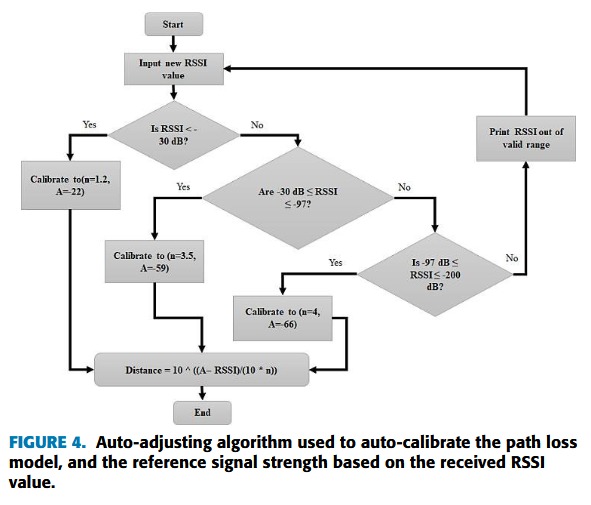
The experimental results showed that using fixed coefficients in distance estimation led to an initial error of 28.03%. By implementing the auto-adjusting algorithm, the error was reduced to 8%, while the maximum localisation error was decreased to 2.01 meters. Additionally, the system demonstrated high energy efficiency, with BLE peripherals operating for approximately 499 hours on a standard 230 mAh battery, reinforcing its suitability for IoT applications.
One of the main advantages of the auto-adjusting algorithm is its ability to dynamically adapt parameters. The system adjusts the path loss exponent (n) and reference signal strength (A) based on real-time RSSI classifications, improving accuracy significantly. This approach minimises localisation inaccuracies by continuously recalibrating signal strength values. The system is also energy-efficient, making it ideal for continuous tracking in various environments. Additionally, it is scalable and can be integrated with other indoor positioning systems such as Ultra-Wideband (UWB) and Wi-Fi.
The system achieves higher accuracy, maintaining a maximum error of only 2.01 meters compared to fixed coefficient models. Additionally, the BLE-based approach ensures long battery life and cost-effectiveness, making it suitable for healthcare and security applications. Compared to previous studies, the proposed algorithm proved more reliable for positioning in real-world environments.
